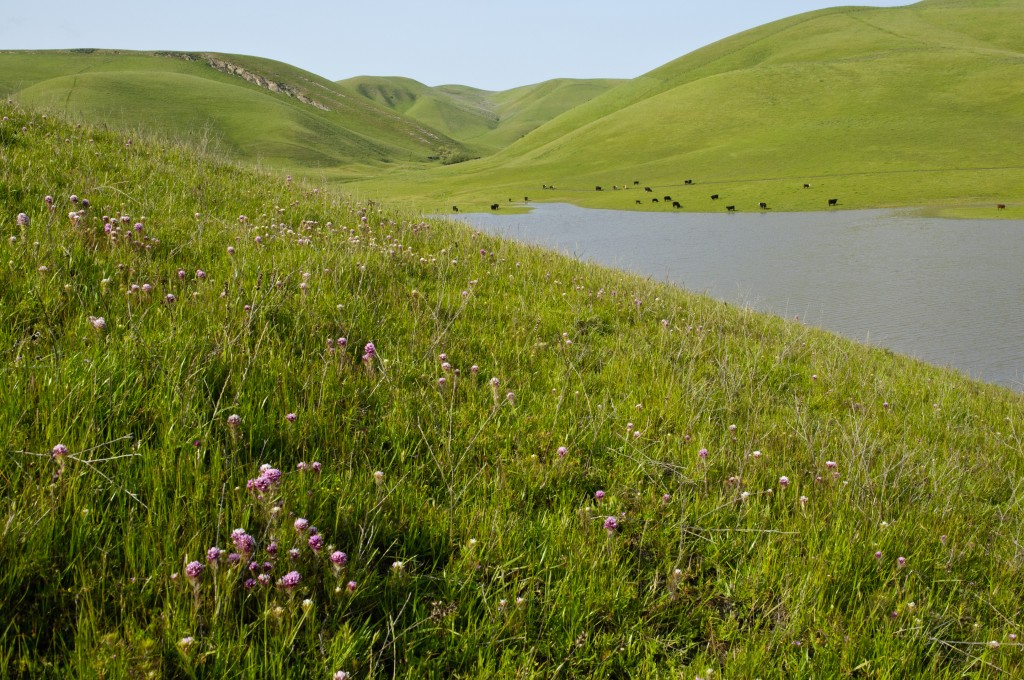
A local environmental group is declaring victories for open space preservation and smart growth in the Bay Area.
The Greenbelt Alliance took positions on six measures on Bay Area ballots. While official results have yet to be declared on one of the measures, executive director Jeremy Madsen says signs are good that all the positions he supported came out on top.
“I think it really shows the voters here in the Bay Area have a very strong commitment to open space conservation and to growing the Bay Area in a smart and sustainable fashion,” he said.
Two measures protected open space from development:
- In Dublin, voters defeated Measure T which would have permitted the development of Doolan Canyon between Dublin and Livermore.
- Union City residents rejected Measure KK which would have allowed the city council to change the zoning for agricultural land off Mission Boulevard, opening it up for homes and businesses.
One measure approved continued funding for open space:
- In Santa Clara Valley, 67 percent of voters supported Measure Q, a parcel tax that will increase funding to the Santa Clara Valley Open Space Authority. (The measure needs a two-thirds majority to pass, and the results have not yet officially been called.)
And three concerned sustainable development in cities:
- Berkeley voters defeated Measure R, which would have enacted stricter development requirements in downtown Berkeley. Madsen said the changes set standards so high, they made development impossible and would have defeated the goal of urban growth in Berkeley.
- Alameda County voters approved the Measure BB transportation tax, which includes funding for public transit, cyclists and pedestrians.
- San Bruno residents approved Measure N which will raise the limits on building heights, making denser development possible.
Madsen says the election results show that “there’s a growing consensus that the Bay Area wants to protect the lands that are special and wants to support the kind of sustainable, smart development that will make our communities better places.”